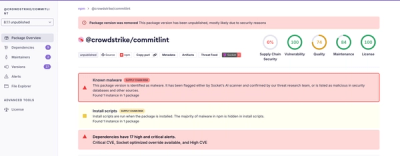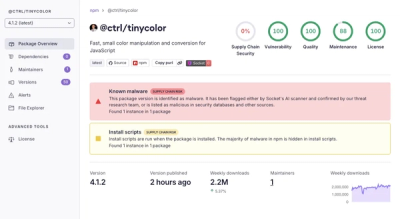What is vue?
Vue.js is a progressive JavaScript framework used for building user interfaces and single-page applications. It is designed to be incrementally adoptable, meaning that it can be used for more than just the interface layer of an application. Vue is also perfectly capable of powering sophisticated Single-Page Applications when used in combination with modern tooling and supporting libraries.
What are vue's main functionalities?
Reactive Data Binding
Vue.js offers a reactive and composable data binding system. When the state of the application changes, the view automatically updates to reflect the new state.
{"html": "<div id='app'>{{ message }}</div>", "javascript": "var app = new Vue({ el: '#app', data: { message: 'Hello Vue!' } })"}
Components
Vue allows developers to build encapsulated and reusable components, which can have their own state and methods. These components can be composed to build complex user interfaces.
{"javascript": "Vue.component('todo-item', { props: ['todo'], template: '<li>{{ todo.text }}</li>' })"}
Directives
Vue provides a set of built-in directives such as v-if, v-for, v-bind, and v-on, which offer functionality to HTML templates, allowing for declarative rendering and handling of user interactions.
{"html": "<p v-if='seen'>Now you see me</p>", "javascript": "new Vue({ el: '#app', data: { seen: true } })"}
Transition Effects
Vue has a transition system that can apply automatic transition effects when elements are inserted, updated, or removed from the DOM. This feature allows for adding interactive and engaging animations to the UI.
{"html": "<transition name='fade'><p v-if='show'>Hello Vue!</p></transition>", "javascript": "new Vue({ el: '#app', data: { show: true } })"}
Vuex for State Management
For larger applications, Vue can be used with Vuex, a state management pattern and library that helps manage state outside of Vue components for more complex applications.
{"javascript": "const store = new Vuex.Store({ state: { count: 0 }, mutations: { increment: state => state.count++ } })"}
Vue Router for Single Page Applications
Vue Router is the official router for Vue.js, which makes it easy to build single-page applications with Vue by allowing different views to be mapped to different paths.
{"javascript": "const router = new VueRouter({ routes: [{ path: '/foo', component: Foo }, { path: '/bar', component: Bar }] })"}
Other packages similar to vue
react
React is a JavaScript library for building user interfaces, maintained by Facebook. It focuses on a component-based architecture like Vue but uses a different syntax called JSX for combining markup with JavaScript. React also has a larger ecosystem and more extensive community support.
angular
Angular is a platform and framework for building single-page client applications using HTML and TypeScript. It is maintained by Google and offers a comprehensive solution with a wide range of features out of the box, including dependency injection, templating, AJAX handling, and more. It is considered to be more opinionated and has a steeper learning curve compared to Vue.
svelte
Svelte is a relatively new framework that shifts much of the work to compile time, producing highly optimized vanilla JavaScript at the end. Unlike Vue, which updates the DOM in response to state changes, Svelte writes code that surgically updates the DOM when the state of the app changes.
ember
Ember.js is an opinionated framework for building ambitious web applications. It provides a strong convention-over-configuration philosophy and comes with its own router and state management solutions. Ember is known for its powerful CLI and is often compared to Angular in terms of its all-in-one approach.
vue
Which dist file to use?
From CDN or without a Bundler
With a Bundler
Bundler Build Feature Flags
Starting with 3.0.0-rc.3, esm-bundler builds now exposes global feature flags that can be overwritten at compile time:
__VUE_OPTIONS_API__ (enable/disable Options API support, default: true)__VUE_PROD_DEVTOOLS__ (enable/disable devtools support in production, default: false)
The build will work without configuring these flags, however it is strongly recommended to properly configure them in order to get proper tree-shaking in the final bundle. To configure these flags:
Note: the replacement value must be boolean literals and cannot be strings, otherwise the bundler/minifier will not be able to properly evaluate the conditions.
For Server-Side Rendering
vue.cjs(.prod).js:
- For use in Node.js server-side rendering via
require().
- If you bundle your app with webpack with
target: 'node' and properly externalize vue, this is the build that will be loaded.
- The dev/prod files are pre-built, but the appropriate file is automatically required based on
process.env.NODE_ENV.



